I hope everyone had an enjoyable Christmas and had no broken pipe issues (this is another reason why you shouldn’t wish for a white Christmas). Here it was quiet. We did the thing on Monday because everyone except me had to work. I spent my time flipping through the digital copies of the Beaumont Enterprise archives. One reason I’m spending my research time in the 1920s is that I CAN!
For my research on Florence Stratton, I spent many hours and a good amount of money on a microfilm machine at the Tyrrell Historical Library because Lamar didn’t want to take my money since I wasn’t an alumnus. Their loss. I don’t use Lamar for anything except maybe Gladys City, as they are an undiscovered jewel for the university. I have almost all the copies of “Susie Spindletop’s Weekly Letter,” which ran from 1926 to 1938, but some of those from the microfilm are illegible. So, I am going through the papers again because I can access the Beaumont Enterprise digitally and by date. My first search was for 1926, when “Susie Spindletop’s Weekly Letter” began, as far as I can tell, on February 28. I’ll look into 1925 again later, but this is the date. I aim to find all the letters and obtain a good digital copy of them. Of course, all my research is stored at the Jefferson County Historical Commission office, in case I eat too many Zummo sausages and expire. Florence will live on!
Going through these Sunday newspapers gives me time to look at things other than the weekly letters. There are a few nuggets of our history that I’ll be throwing out. One example is Mr. Louis A. Sacker, a daredevil who would “feast on horseshoes.” Sacker was a 27-year-old Beaumont strong man who would have probably made a killing on the wrestling circuit in the 1990s, but this was 1926. Still, he seemed to be doing good in the first two months of 1926. I added the photo of his article because “Gr-r-r,” “Gr-r-h,” and “Gr-r-R-RRRR!!.” These are actual quotes. I hope I see more of him in the later issues—iron, I assume, is good for your diet. Notice the ad in his article? 6 6 6 was a cold medicine that was advertised throughout the 1920s. I’ll throw out another one: the ads for Dr. Caldwell’s constipation medicine always targeted women. These ads are everywhere. I don’t think he was the bee’s knees when it came to women’s health. Snake oil comes to mind. Based on his photo in the ads, he looked like a disgruntled captain of a non-profitable fishing boat.
I’ve never really met someone famous, but there was that one time at the Texas Renaissance Festival in 2014 when I was at the back of the Magic Garden standing in awe of the bejeweled relic of St. Felix in a glass coffin. I began taking photos of this inspiring event when, lo and behold, I believe I saw Yanni in one of my photos. I have no idea if it was actually Yanni because I’m not Wanda and won’t start awkward conversations of which I would be the only beneficiary. If it was Yanni, he would have probably smiled and thrown in a hand gesture (I usually do this when Wanda and I converse). He looked like he was enjoying a nice day out, and I wasn’t going to mess that up.
Back in 1976, I met Bob Lilly in a hallway at a hotel in Dallas before the Thanksgiving game in which the Cowboys played the Cardinals. I have only a few memories of this time. One is the crap seats. The second is the Hare Krishna peeps asking for money as we were leaving, and the third is the briefcase full of alcohol guy on the bus back to the hotel. He was a little giddy about Dallas winning. It’s all a good memory, but when I see the video of the game where some Cardinal player put his cleats on the back of Preston Pearson and no flag was called, I realize that today’s American football sucks in 2022. I’ll leave a link to the video of the only professional American football game I ever attended.
One thing that I always bring up is Monceaux’s Drive-In. I spent many dollars on that cheeseburger deluxe white box with fries and onion rings. At this time, I watched KJAC and always enjoyed Kim Hendrix’s newscast. There was this one time when I was waiting in line for my order, and some gofer came in and said that he was there to pick up “Kim’s” call-in order. My brain went to “Oh, Kim eats the same heavenly food as I do! I must be blessed.” I must have been around eighteen or nineteen because after I left, I went to a convenience store and a conversation on the weather came up with a woman. I answered her question, and she was impressed that I knew about radar. I guess she thought I worked at the station because she was unaware that a primitive radar was available on cable TV. I told her this, but she praised me all the same for knowing about the technology.
Speaking of radars, one July Fourth I watched Bob Becker’s forecast on KBMT, which informed me that we had great weather for the firework presentation in downtown Beaumont. “So go enjoy all the festivities.” Twenty minutes later, an ominous blip on the radar showed up. Apparently, a thunderstorm had formed over downtown Beaumont, and a gully washer ensued. Of course, there was no way I was going to miss the ten o’clock forecast! Poor guy. The weather gods always leave them holding the bag. I saw this again after Tropical Storm Imelda. One weather person clearly stated that this hurricane was not Harvey. I watched their next newscast from their new location because the station had flooded during the storm. Mother Nature hates to be fooled, and the weather gods don’t care about your degree from Texas A&M or Mississippi State.
I want to say that although I rant about millennials and Generation Z people, some of them did an amazing job during Hurricane Harvey. While on the air, they answered questions from people on the phone who didn’t know what to do in the flood and needed guidance. Kudos to y’all for knowing that people needed help in a dire situation.
Well, I’m done for this week, but I hope to be hanging with Susie this month, and we may even see what Beaumont’s daredevil Louis’s next gig is. “Gr-r-r” for now, because I don’t want to scare anyone with the full “Gr-r-R-RRRR!!.”
Rest in Peace Bob Becker:
6 6 6 cold medicine:
https://www.si.edu/object/666-cold-preparation%3Anmah_209858
Dr. Caldwell:
https://nationalzoo.si.edu/object/nmah_71544
2014 Texas Renaissance Festival photos:
1976-11-25 St. Louis Cardinals vs Dallas Cowboys:



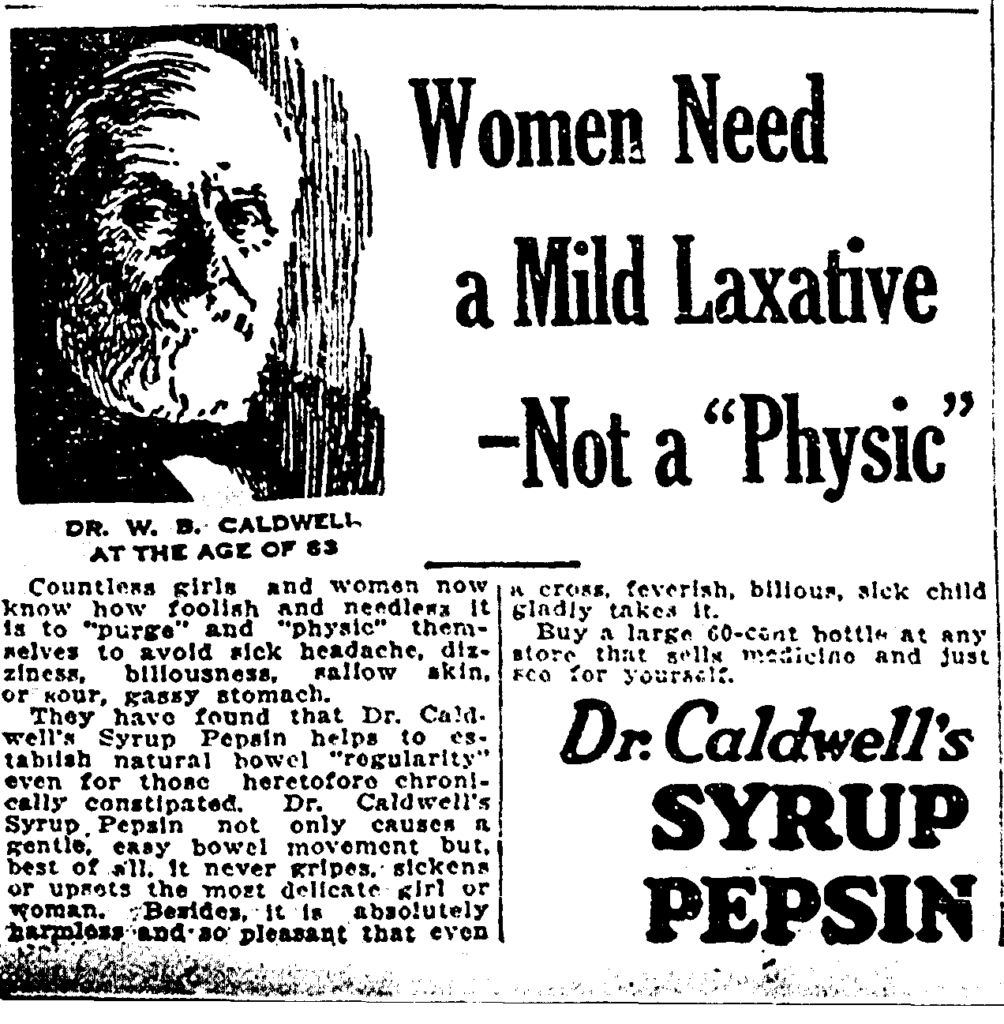
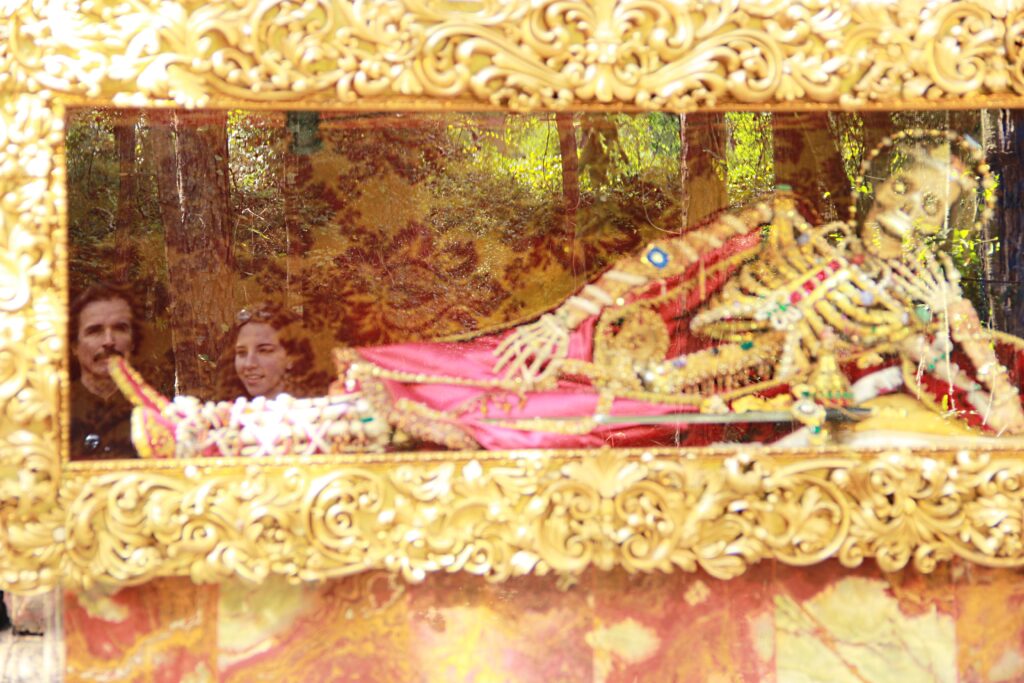
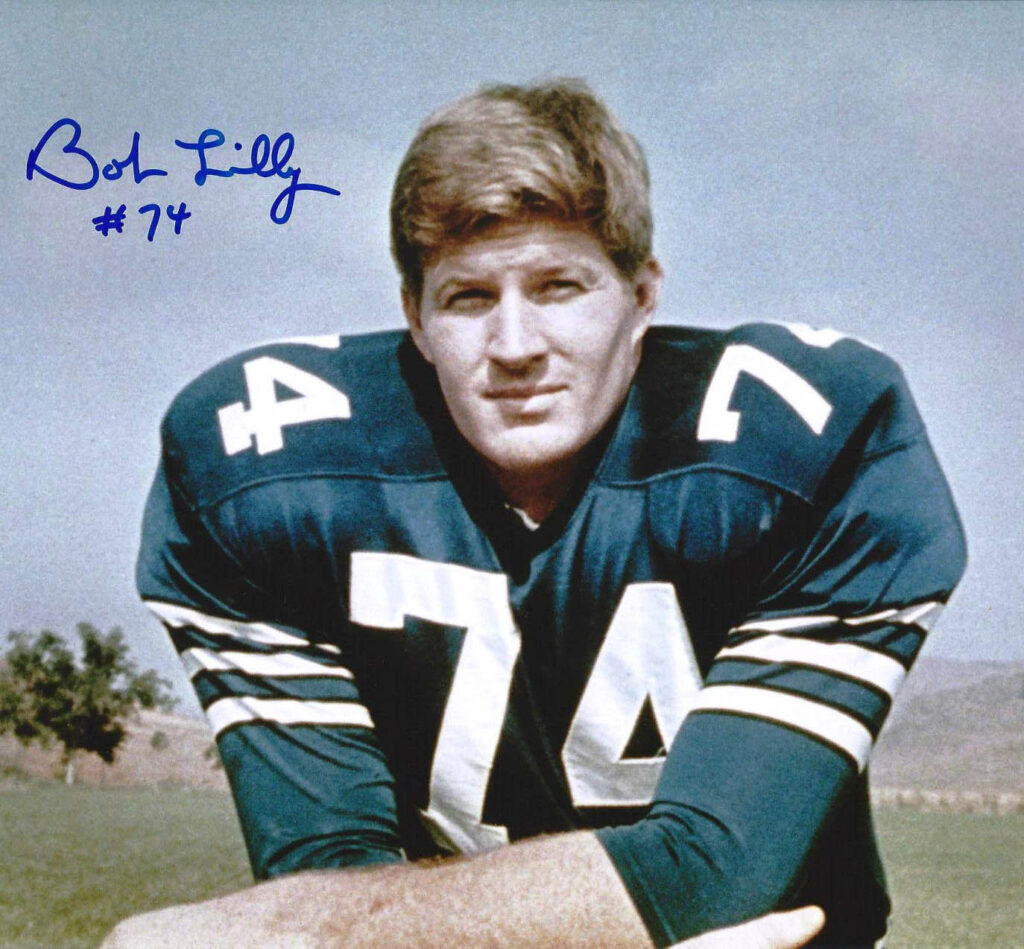




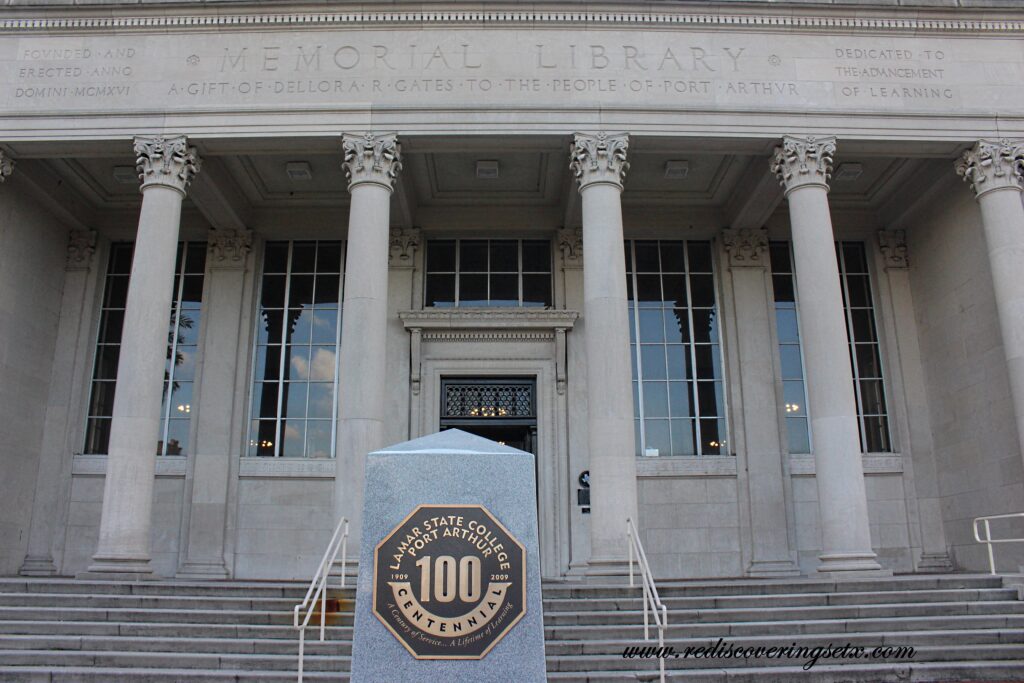


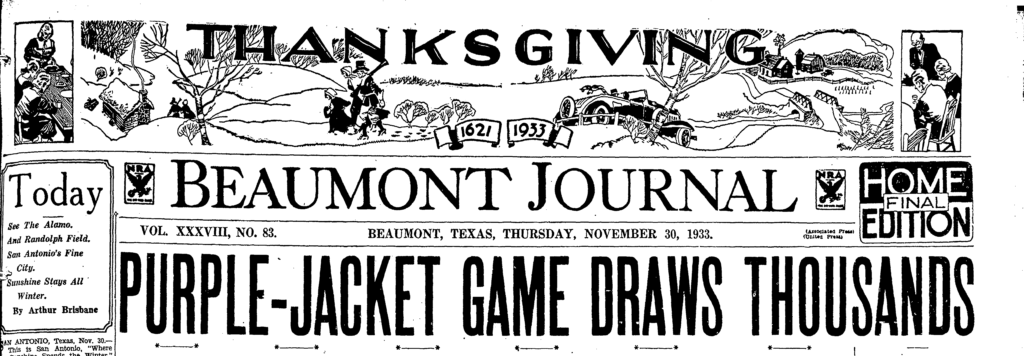
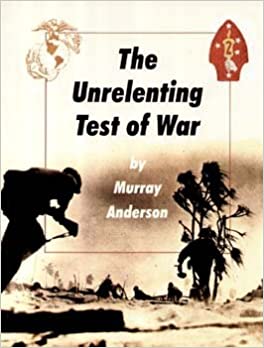

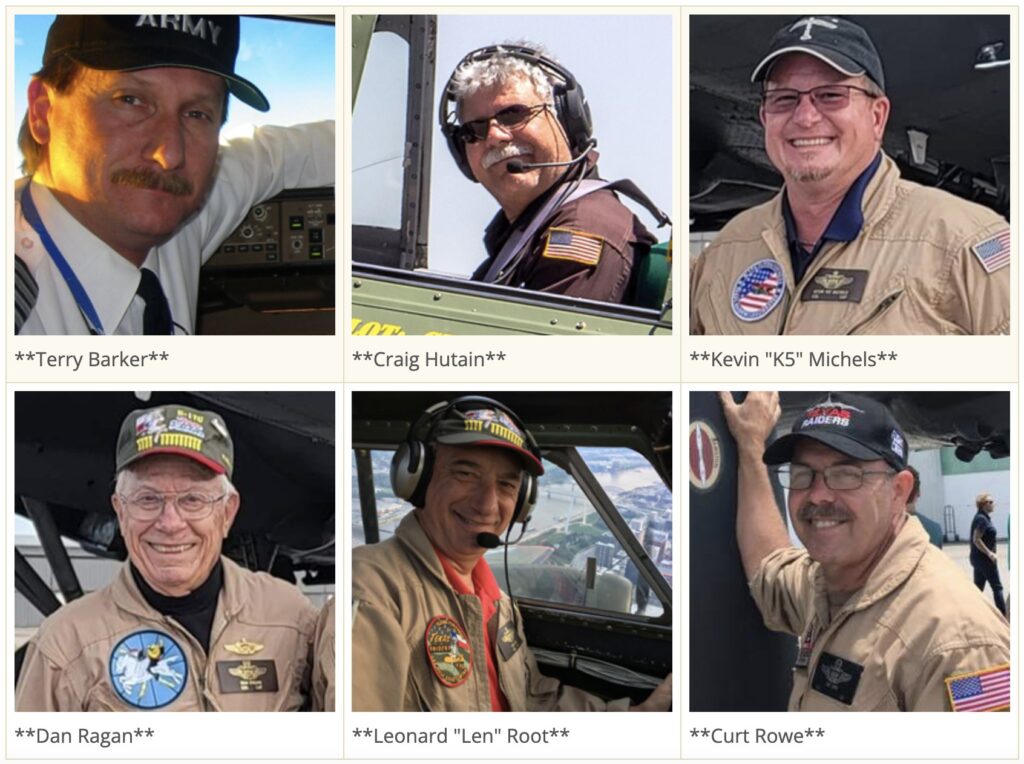






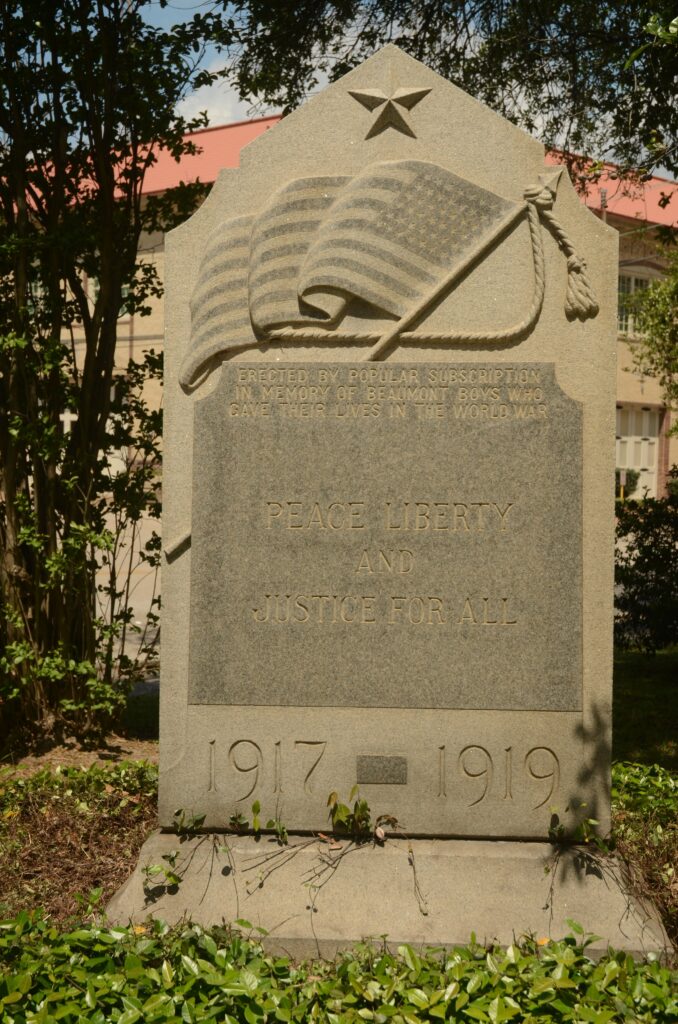
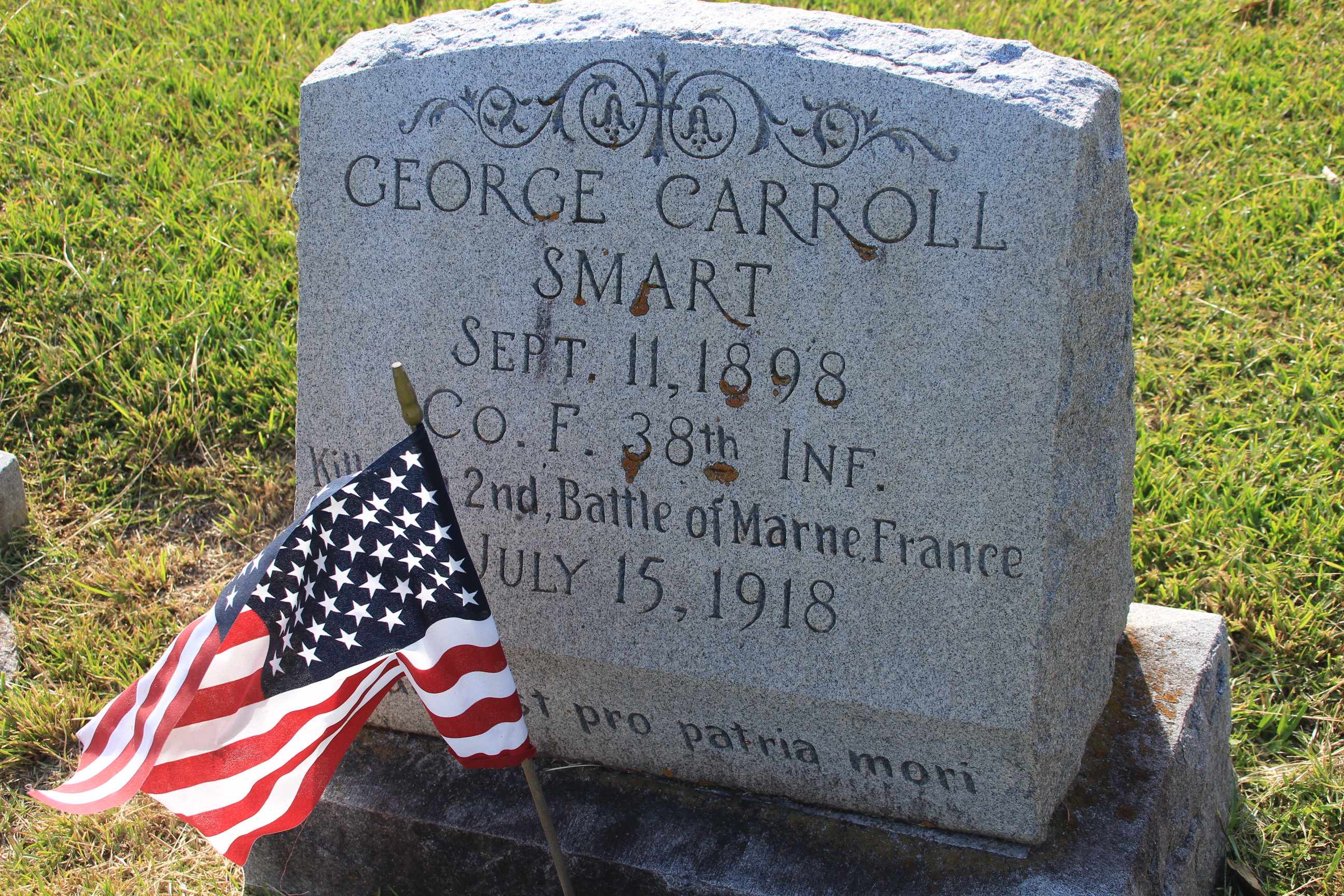
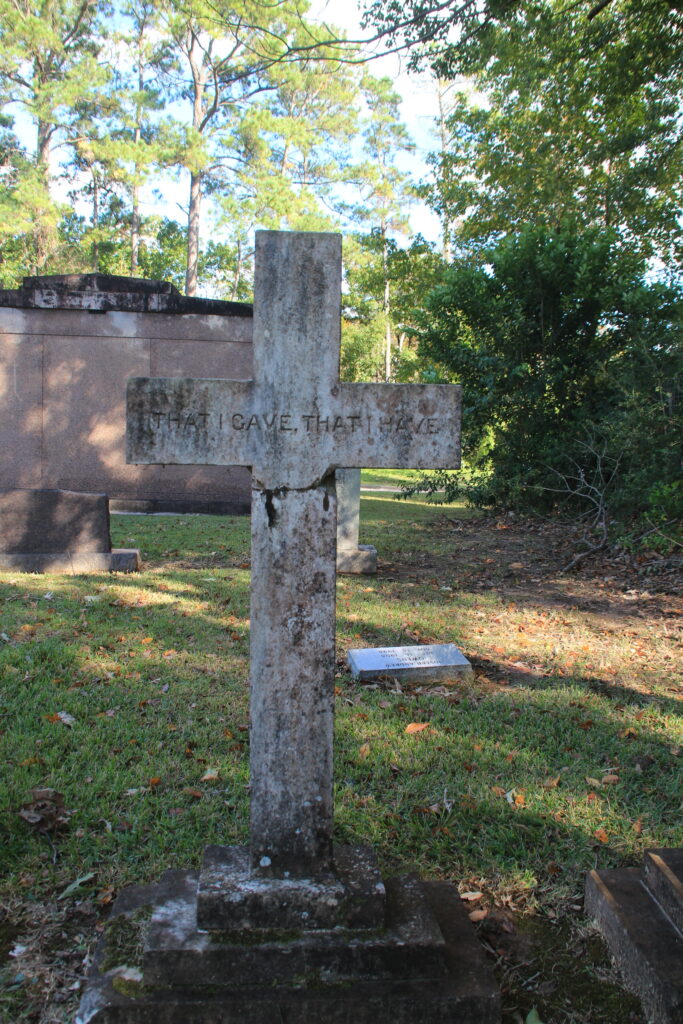
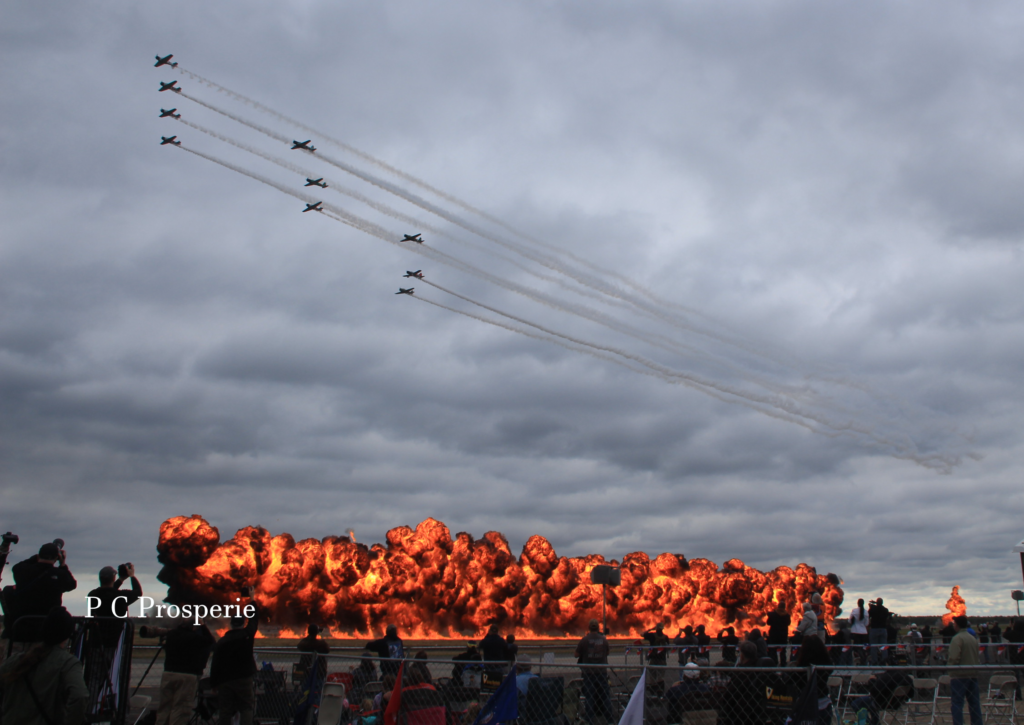






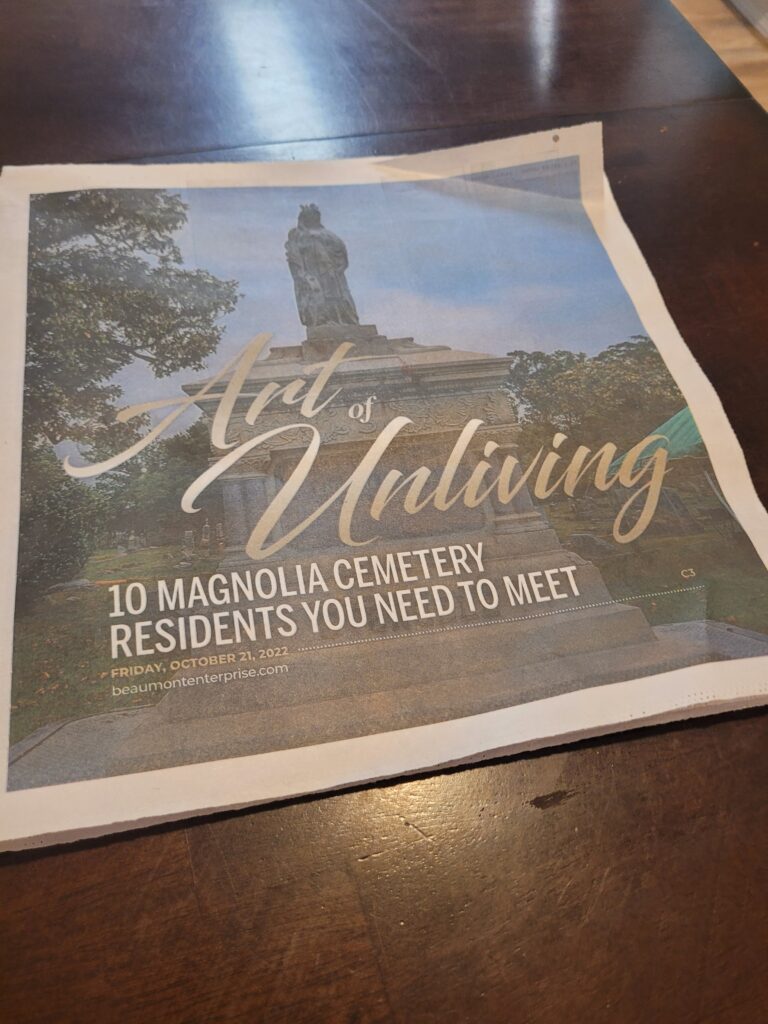
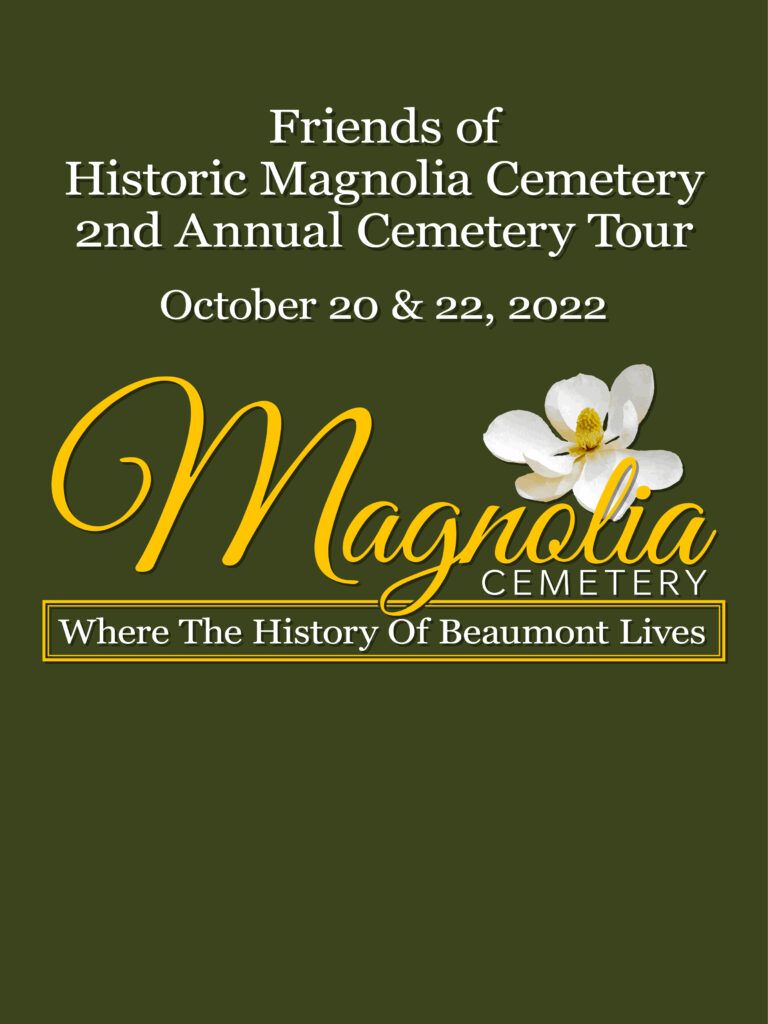


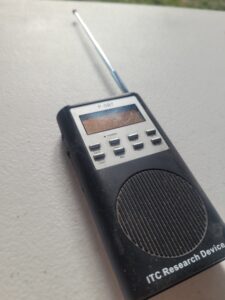

You must be logged in to post a comment.